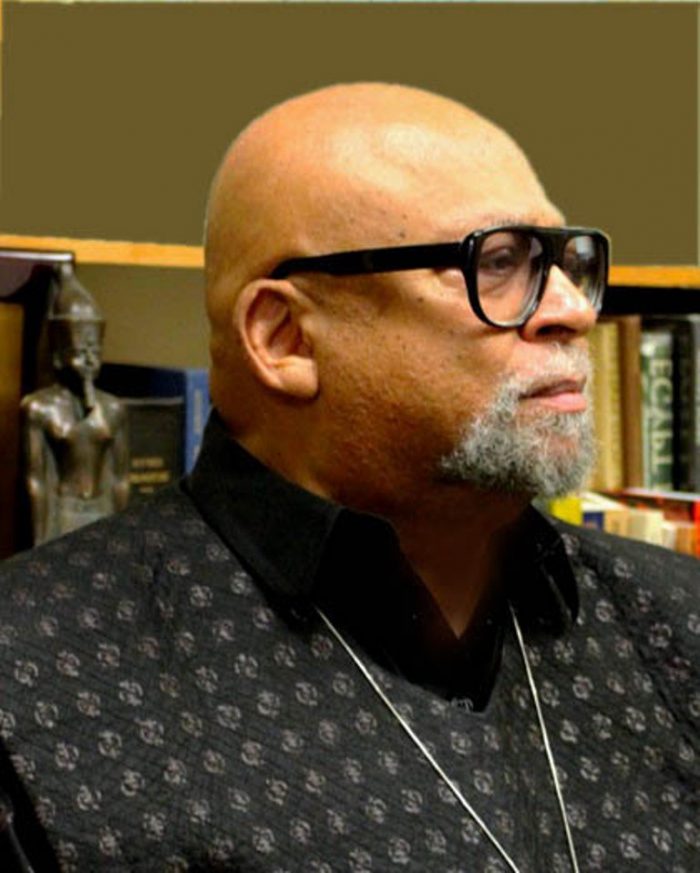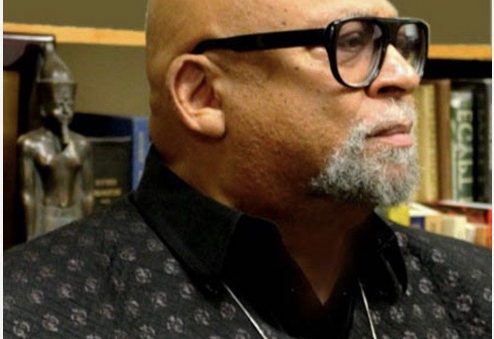
Kwanzaa was conceived as a special time and space for celebrating, discussing and meditating on the rich and varied ways of being and becoming African in the world. It invites us all to study continuously its origins, principles and practices and it teaches us, in all modesty, never to claim we know all that is to be known about it or that our explanations are only for those who do not know much about its message and meaning. For each year each of us should read and reread the literature, reflect on the views and values of Kwanzaa and share conversations about how it reaffirms our rootedness in African culture and brings us together all over the world in a unique and special way to celebrate ourselves as African people. One focus for such culturally-grounded conversation is on the deep meanings and message embedded in the symbols of Kwanzaa which are rooted in Kawaida philosophy out of which Kwanzaa and the Nguzo Saba were created. Indeed, each symbol is a source and point of departure for a serious conversation on African views and values and the practices that are rooted in and reflect them.
The first symbol is the mazao (crops) which are symbolic of the African first-fruit harvest celebrations from which Kwanzaa takes its model and essential meaning. The mazao represent the harvest of good and the reward of collective and productive work. Indeed, the concept of the harvest embodies and expresses the Nguzo Saba, the Seven Principles. For the purpose (Nia) of the harvest is to bring and do good in the community and the world. It is a purpose conceived and pursued in unity (Umoja), self-determination (Kujichagulia), and collective work and responsibility (Ujima). Moreover, it is developed with a resourceful creativity (Kuumba) and grounded in a resilient faith (Imani) that believes in, works for and looks forward to its coming into fruition. And cooperative economics (Ujamaa) rightfully represents the harvest as the product and practice of shared work and shared wealth, i.e., the cooperative creation and sharing of good.
The second symbol of Kwanzaa is the mkeka (the mat) symbolic of our tradition and history and thus the foundation on which we build our lives, in a word, our culture. It stresses the need of foundation, of cultural anchor to ground and center ourselves. In Kawaida philosophy, we say we base everything we do on tradition and reason, meaning we constantly dialog with our culture, asking it questions and seeking from it answers to the fundamental concerns of daily life and enduring issues of humankind. And then using the best of our moral reasoning, we select the appropriate solutions, the most ethical and effective way forward. Again, to stress the centrality and indispensable role of tradition, the other main symbols are placed on the mkeka.
The kinara, the seven-candle candle-holder is the next symbol of Kwanzaa. It is symbolic of our roots, our parent people, our continental African ancestors. Although in both principle and practice this, in a larger sense, includes all our ancestors, continental and diasporan, stress was placed at the beginning on continental roots, to return us to the original source of our history, culture and coming-into-being as a people. For as Molefi Asante says, there is no stepping outside our history without great difficulty and damage to our sense of self. This is why we emphasize with Malcolm X and Mary McLeod Bethune, a long historical conception of ourselves and of the legacy of excellence left to us.
The kinara holds the next symbol of Kwanzaa which is the mishumaa saba (the seven candles). The mishumaa saba are symbolic of the Nguzo Saba, the Seven Principles, the hub and hinge on which the holiday Kwanzaa turns, the African value system that is an essential foundation and framework for our living a good and meaningful life and the strivings and struggles central to this. To place the candles in the kinara is to remind ourselves of the ancient culture in which our principles are rooted and to reaffirm the enduring value of returning to the source.
And to light the mishumaa is to engage in the ancient ritual of “lifting up the light that lasts.” For the principles are the light that lasts in the midst of constant and often disruptive and diversionary changes and challenges that occur in life. Indeed, the Husia teaches that “We are given that which endures in the midst of that which is overthrown.” And that which endures in the midst of that which is overthrown is our moral and spiritual values. Surely, the ethical values represented in the Nguzo Saba, both explicitly and implicitly, are among those lights that last and should and must be constantly lifted up as a beacon and basis for the good life we seek to ground and build.
The muhindi (corn), more specifically ears of corn, are another symbol of Kwanzaa. They are symbolic of our children and thus our future which they embody. In the agricultural and naturalistic understanding of African communal societies, the life-cycle of corn represented the life-cycle of both humans and nature in which they are embedded. For example in Zulu cultural narratives of origins, the cornstalk represents the ancestors or parents and the corn represents the offspring in an eternal cycle of life, death and rebirth. Children thus become a form of life after death, our future unfolding in front of us.
Here there is a strong stress on quality parenting and collective parenthood. For parenting is not only the responsibility of a specific mother and father, but also an extended family of other relatives and the community as a whole. This is the meaning of the often offered wisdom that it takes a whole village or community to raise a child. And it speaks to both the importance and inclusiveness of the task of raising children in the most ethically and culturally-grounded ways.
The kikombe cha umoja (the unity cup) is symbolic of the foundational principle and practice of umoja (unity) which makes all else possible. The kikombe is used to drink from after a statement of unity in a ritual of reinforcement of the principle and practice. And it is also used in pouring tambiko (libation) in a ritual of remembrance, honor and appreciation of our ancestors and their legacy of excellence we are obligated to preserve, expand and pass on.
The zawadi (gifts) are symbolic of the labor and love of parents, rewarding their children for commitments made and kept. These gifts are never to be overly expensive or a substitute for ourselves. And they must always contain a heritage symbol and a book to reflect and reinforce our commitment to our culture and to knowledge and a life of learning, respectively.
The two supplementary symbols are the bendera and a poster or other representation of the Nguzo Saba. The bendera (flag, banner) colors of black, red and green symbolize Black for our people, red for our struggle and green for the hope and future that is fostered and forged in struggle. And the representations of the Nguzo Saba reaffirm their central role in our life and struggle for the good world we all want and deserve to live in and leave as a legacy for future generations.





